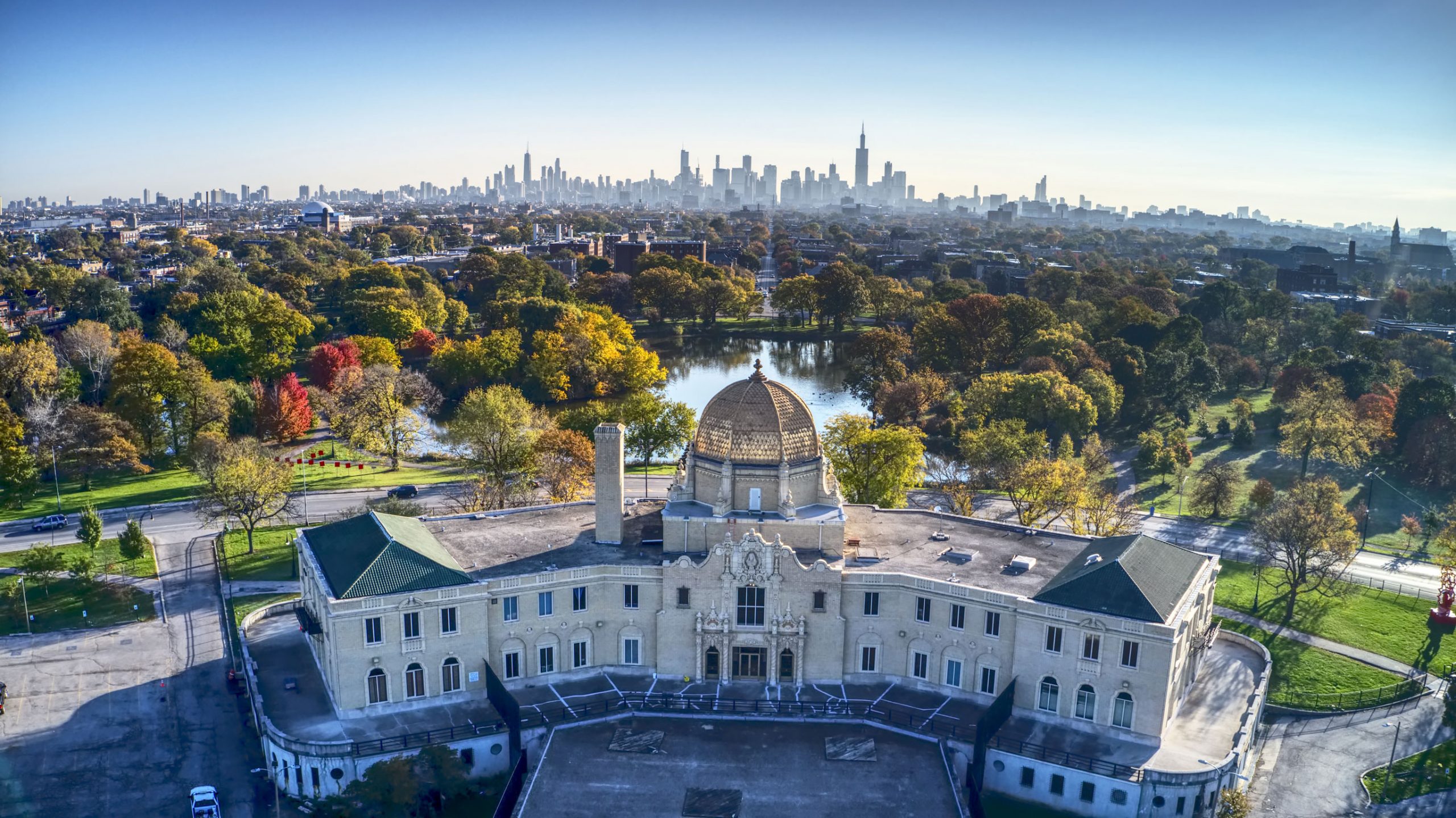| So far this year we have been looking at a few neighborhoods at a time to compare what kind of changes they have seen over the past two years. Out of 77 areas in Chicago only nine areas saw an increase in closings in both 2021 and 2022. For the next portion of this blog series we will explore each of these neighborhoods to see what other changes have been occurring.
Situated just west of the West Loop and south of Humbolt Park, home of Garfield Park and the Garfield Park Conservatory, East Garfield Park is a community afflicted by the constant societal shifts in the city. The community was annexed at about the same time the park was created. The large park encouraged wealthy residents to build their homes nearby. Overtime the elevated train was built. Access to major railways as well as commuter lines attracted industrial growth, which in turn brought in more workers and residential development. The neighborhood grew from the late 1800s into the 1930s. Residents were diverse. Irish and Germans dominated the first influx of residents, followed by Russian Jews and Italians. The neighborhood saw a loss in population during the Great Depression. Nationwide, by 1933, housing values dropped by about 35% and foreclosure rates in 1932 were over 300% higher than they had been in 1926. The system of redlining was also developed in the 1930s. Redlining was a categorization system that lenders used to determine the risk factor of lending in an area. Areas, like East Garfield Park, that were ethnically mixed, as well as areas with low income and a high percentage of black residents were never in the top category. Neighborhoods that were negatively impacted by redlining became disinvested. Unfortunately East Garfield Park continued to decline through World War II, the construction of Interstate 290, which displaced many homes, and rioting following the death of Dr. Martin Luther King, Jr. |
 By 606 Vision |
| Despite its challenges, East Garfield Park has seen a resurgence in recent years, thanks in part to the efforts of community organizations, developers, and city programming. Current proposed and in development projects include green space with a food forest that would be owned by NeighborSpace, a few mid-rise mixed-use buildings to provide affordable housing, and a 25,000 sf building redevelopment for BandWith.
The neighborhood also has great programming, such as art gallery openings, throughout the year and is peppered with innovative businesses. The Hatchery has pop-up markets in the summer. SKYart hosts free art programs for kids and teens. Inspiration Kitchen is a restaurant and training facility supporting people experiencing homelessness. The Chicago Tool Library recently moved to the neighborhood and Great Lakes Yard has called it home for years. There are many opportunities for development and investment in East Garfield Park. Vacant residential land accounts for about 7% of the community and vacant commercial land is about 3%. This provides a nice opportunity for infill development. Overall there are 35 development and financial incentive programs within the community. With a strong and diverse group of residents focused on recovery from its turbulent past East Garfield Park would be a great community for an equitable developer to focus on. Access to the expressway as well as two el lines makes getting downtown from the neighborhood a breeze. It will be great to watch this neighborhood continue to develop and thrive. Sources: East Garfield Park Wikipedia page Housing 1929-1941 Encyclopedia.com |
Market Report •
June 8, 2023
East Garfield Park: Past, Present, and Future



 Facebook
Facebook
 X
X
 Pinterest
Pinterest
 Copy Link
Copy Link